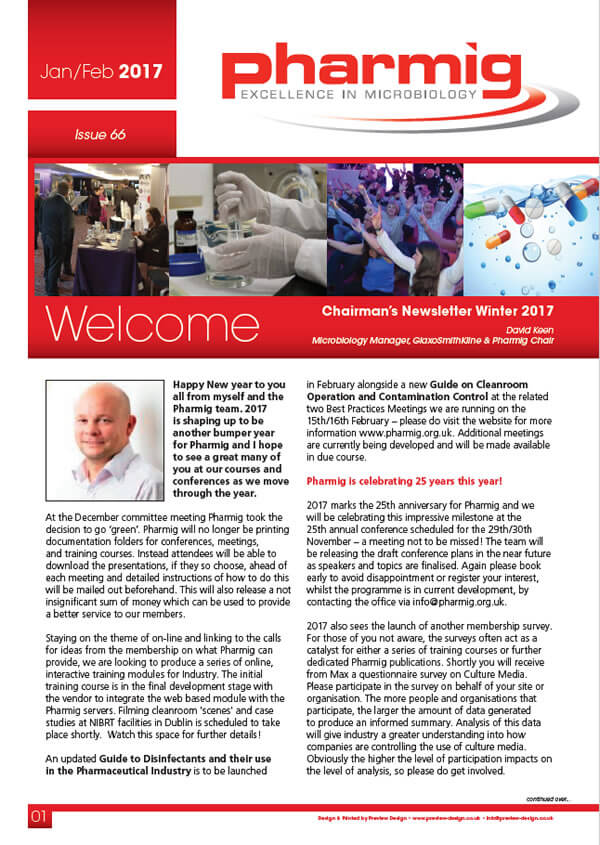Microbiology is commonly known as the study of those organisms that cannot be seen with the naked eyes. Such organisms are termed as microorganisms as they are too small to be seen. Some of the very famous examples of microorganisms are Fungus, protists, and prokaryotes. Viruses normally are not properly known as living beings; however, they are also tested properly when it comes to microbiology. In reality, microbiology is actually a wide thing encircling virology, parasitology, bacteriology, over and above usually comprise of the investigation into the body's defense system or just immunology.
Guest post by Dr. Amol Bamane
Pharmaceutical microbiology is a further extension of microbiology. Every hospital and research labs generally includes a medical microbiology division, where one can frequently find several sorts of clinical samples, for instance, swabs, feces, urine, blood, sputum, cerebrospinal fluid, synovial fluid, and contaminated tissues etc. over here the process primarily searches for alleged pathogens and considering them, together with estimating to find out whether your identified pathogen is absolutely extremely perceptive or resistant in front of an extremely suggested drug. The result is a report identifying the infection-causing microorganism along with the type and in addition to the number of drugs that have to be given to the affected individual.
Ever since the evolution of mankind, erectile dysfunction causes and symptoms have become an indispensable part of our lives. Health problems are on the rise and with it, the pharmaceutical business. Pharmaceutical companies provide drugs or medicines that are required for medical treatments. Earlier in India, these medicines were provided by various multinational companies. However, this monopoly ended with the Indian pharmaceutical industry taking a revolutionary turn in the 1970s with the enactment of the Indian Patent Act that allowed local development of pharmaceutical industry.
The microbiology laboratory in any of the hospitals or clinics may probably also come across parasitic living beings as well as viruses. Work related to blood is frequently furthermore carried out in the laboratories, where, utilizing entire blood samples, entire blood calculations in addition to blood evaluations are completed and the conclusion is drawn based on all such things. On event, blood specimens likely to be citrated to evaluate blood clotting moments as well as coagulation factors.
- Sub-divisions of Microbiology:
- Microbiology is divided into many sub-disciplines as follows.
- Cellular microbiology (combination of microbiology and cell biology)
- Medical microbiology (study of pathogenic microbes related to diseases)
- Environmental microbiology (study of function of microbes in natural environments)
- Veterinary microbiology (study of microbes in veterinary medicines)
- Evolutionary microbiology (study of evolution of microbes)
- Industrial Microbiology ( usage of microbes for industrial purposes)
Apart from these, there are many other fields of microbial physiology, aero microbiology, microbial genetics, food microbiology, agricultural microbiology and many sub-disciplines as well.
Benefits of Microbiology:
No doubt microbes are related to human illnesses, but there are many microbes which are advantageous to human beings. Industrial fermentation which involves the production of alcohol, dairy products, and vinegar is one of the most popular ways wherein microbes are utilized. The antibiotic production also involves microbes.
Scientists and researchers have been able to produce enzymes for their usage in genetic systems. Enzymes which are biotechnologically important include Taq polymerase and even reporter genes. Microorganisms produce biopolymers which are extensively used. Microorganisms are also used for
erectile dysfunction cure and medicine.
With only 1 percent of all microbes' related species being studied, the scope of microbiology is huge and its study and research are leading the field to new horizons.
Pharmaceutical Microbiology contains numerous important purposes, that are not only restricted to the hospitals but are also required in clinics. Nowadays one can easily search such associations that proffer
erectile dysfunction treatment concerning remedial procedure to manufacture the product that fulfills all the fundamentals that also along with authenticated product or service assurance. Examinations cover facility validation, unprocessed materials examinations, sterilization and wrapping supports, biocompatibility, studies related to the devices that can be used again in addition to planned quality control evaluations. Such sort of tests will assist the producers of remedial mechanisms to administer to get their products to sell faster and reduce the risk.
A number of microbiologists are working in the medication industry. The medicines, other medical aids, and certain health supplements are manufactured and researched carefully in the concerned microbiology laboratories.
The businesses that are engaged in the business of supplying food include a group of microbiologists that are highly skilled and help the industry in proffering such product to the people that are properly made by adopting various quality control measures. The Foods product that will spoil speedily can be difficult to endorse, that is why microbiologists are usually there to provide the essential guidance in order to increase the production by good packaging techniques to reduce spoilage and also amplify freshness of the foodstuff.
























